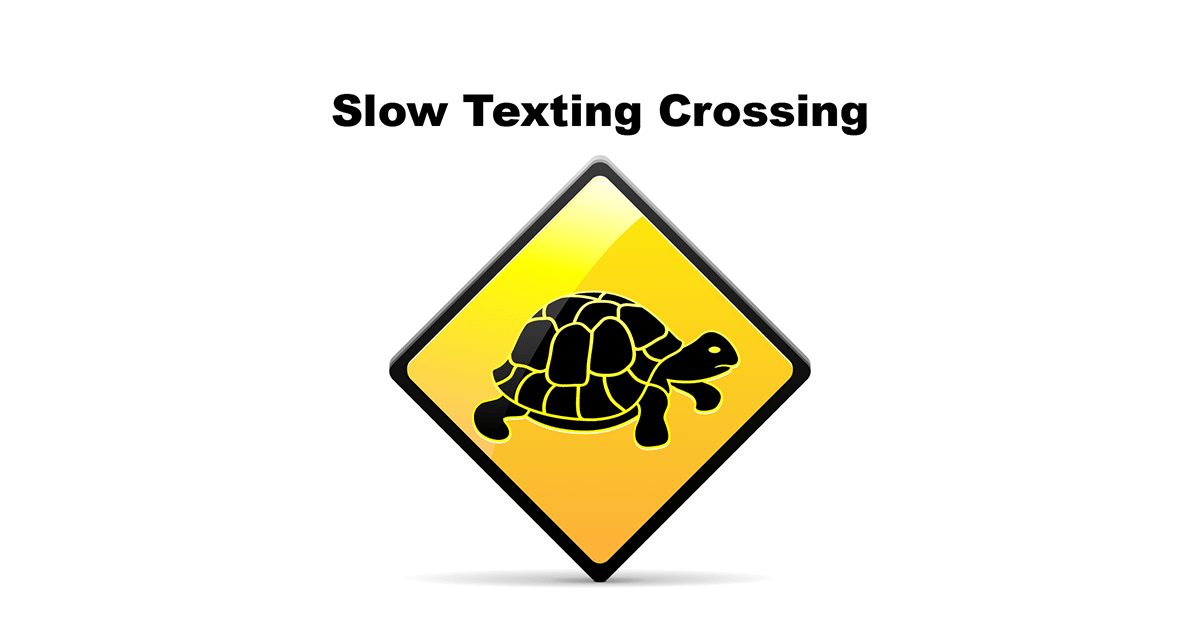What are SHORT CODES and how are they obtained?
A short code refers to unique telephone numbers which are usually shorter than the common full numbers. Short codes are used in addressing MMS and SMS messages from various service providers, fixed phones or mobile phones. Short codes are usually designed to be easier to read and remember than the common telephone numbers. They are usually unique to each operator at the technological level. However, providers normally have agreements in order to avoid overlaps.
Below is an example and explanation of using a short code:
Text Info to 82257
Message and data rates may apply. Max 4msg.wk. Text STOP to End. Text HELP for Help.
In this case, when a user texts in the keyword “Info” to the short code “82257” the user will receive back an automated text alert that provides info regarding the program. Also, the user is subscribing to future alerts and information from the company/program he/she joined.
This simple process of texting a keyword to a short code helps organizations grow their SMS Marketing subscriber list and gives the organization a direct way of communication with their subscribers via text messaging. From a subscriber stand point the benefit is that they are now receiving timely message, alerts, and offers via text messaging, which gives them an advantage because they can act quickly since over 90% of participants read their text messages within 15 minutes.
Uses of short codes
Short codes are used for wide value added services such as SMS marketing, voting of television program, ordering ringtones, mobile services and charity donations.
Obtaining short codes
A company can obtain short codes through the following ways:
- Registering and obtaining the short code with the Common Short Code Administration (CSCA).This organization handles the registration of the short codes and ensuring that an individual’s short code works for all cell phones carriers which are associated with CSCA.
- Applying for the short code number by filling the CSCA online application. Approval decision is usually emailed to the applicant. This process can take a long time and can be expensive.
iii. An individual’s short code can be assigned randomly or one may choose his/her own short code as long as it is available. Once the short code is set, an individual is able to set up mobile marketing and SMS platform.
- The short code fees are paid monthly. An individual can register for three months, six or even for one year. This is usually followed by a renewal at the end of the registration term.
Obtaining a short code is usually expensive and time consuming. The course of provisioning a short code can take up to three months and there is a lengthy and meticulous process that needs to be followed in order to be fully compliant.
Additionally, a short code also needs a platform and features to function as needed, which is also a long and expensive route.
For this reason, a lot of companies and organizations go through SMS Marketing providers such as www.protexting.com that have already gone through this process and constantly continue to update their platform and compliance requirements.
Types of short codes
Short codes are of two types:
- Vanity short code – this type of short code is chosen by the organization that is leasing the short code and if the number is available it is then assigned to the organization. Vanity short codes are usually requested because the organization wants to spell out a specific word or its name, the number is associated with the organization, etc. Vanity short codes are more expensive to lease than random short codes.
- Random short codes – this type of short code is randomly assigned and generated by the Common Short Code Administration.
Best practices and compliance requirements
Best practices approach should be taken to an individual’s ethics and compliance initiatives. This helps in protecting one’s company from unethical behavior, detecting misconduct when it occurs and preventing it from happening again. The elements in one’s ethics and compliance program are interrelated. Culture and compliance processes are the spokes while the compliance data is the hub. Thus, the best practices usually link the hub and the spokes to one another. Also, companies and organizations need to fully comply with CTIA rules and regulations and follow the Mobile Marketing Association best practices.
These best practices and compliance requirements include:
- Making compliance and ethics a priority for the entire organization. One should lead with integrity, commitment to an environment of non-retaliation and embed ethics and compliance processes throughout the enterprise.
- Maintaining an updated code of conduct and comprehensive policies that outlines very clearly the expected behaviors of the employees.
iii. Promoting and encouraging ethical behavior and ethical decision making. This is possible by keeping the workforce aware of compliance and ethics initiatives through the ongoing communication and education.
- Prioritizing and gauging compliance risks, soliciting feedback from the workforce and keeping the leaders informed about the ethical health of the organization.
- Managing incidents and issues that may occur consistently, thoroughly, promptly and accurately.
- Putting the compliance data to work rather than chasing compliance data. One should make sure that the compliance program has enough oversight at a people level and effective control measures at a process level.
vii. Integrating the ethics and compliance information from policies, training, incidents, compliance risk assessment, remediation and the root cause analysis in order to leverage risk as a competitive advantage and making better business decisions.
viii. Creation or refreshing the code of conduct by the expertise that is accessible, interactive and ready for global workforce.
- Establishing a collaborative policy management system that makes it easier for the employees to read and attest to the policies and provision of audit tracking, archiving and mapping to regulatory standards.
- Establishing a confidential, multi language web and phone based reporting options, which should be backed by proprietary intake technology and an experienced, dedicated staff to encourage employee participation and a speak up culture.
Applying best practices and guidance from the CTIA and Mobile Marketing Association, good practice guidance on internal controls, the network can assist the organization in creation of a better, ethical culture where compliance drives better performance.







